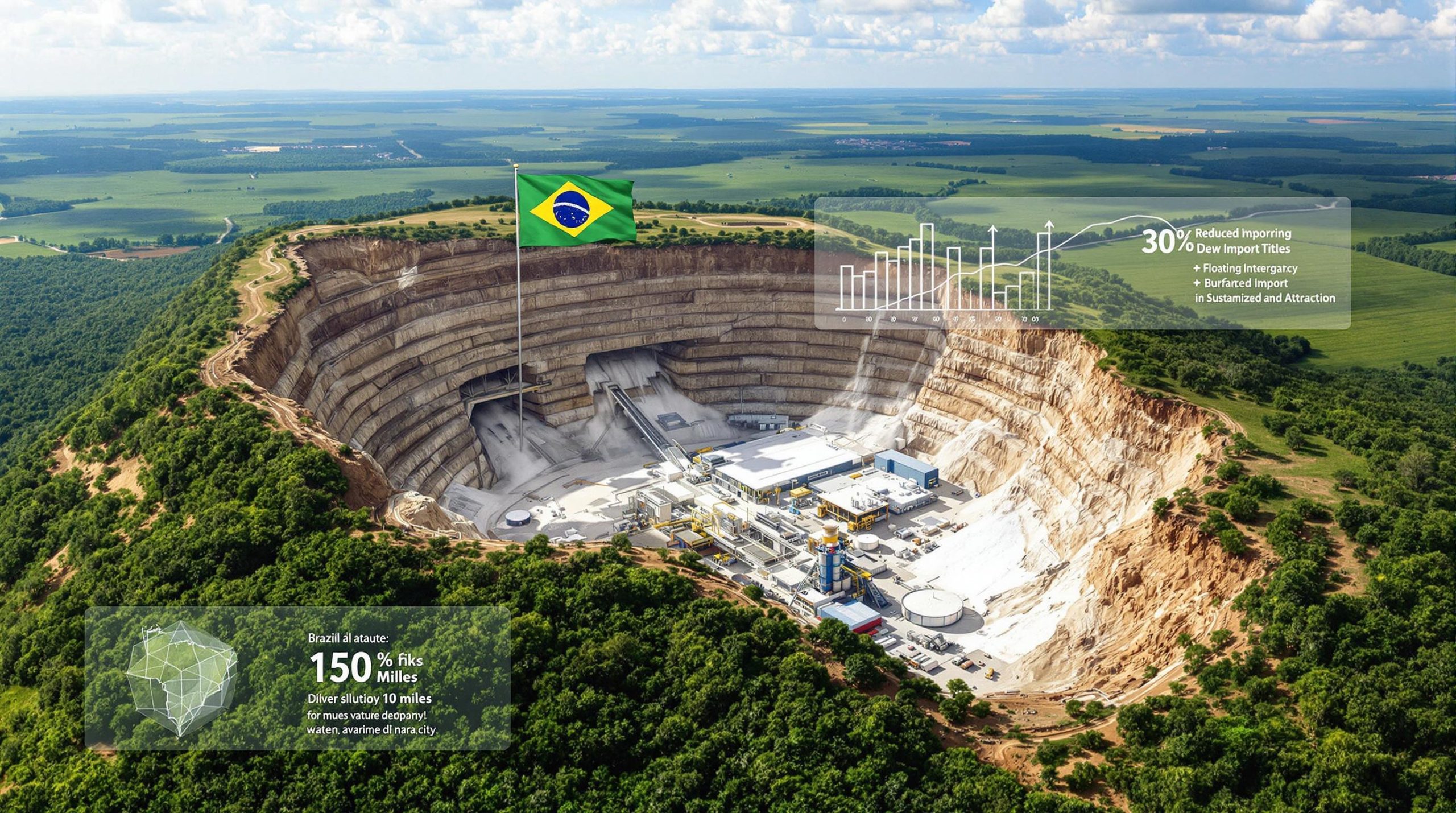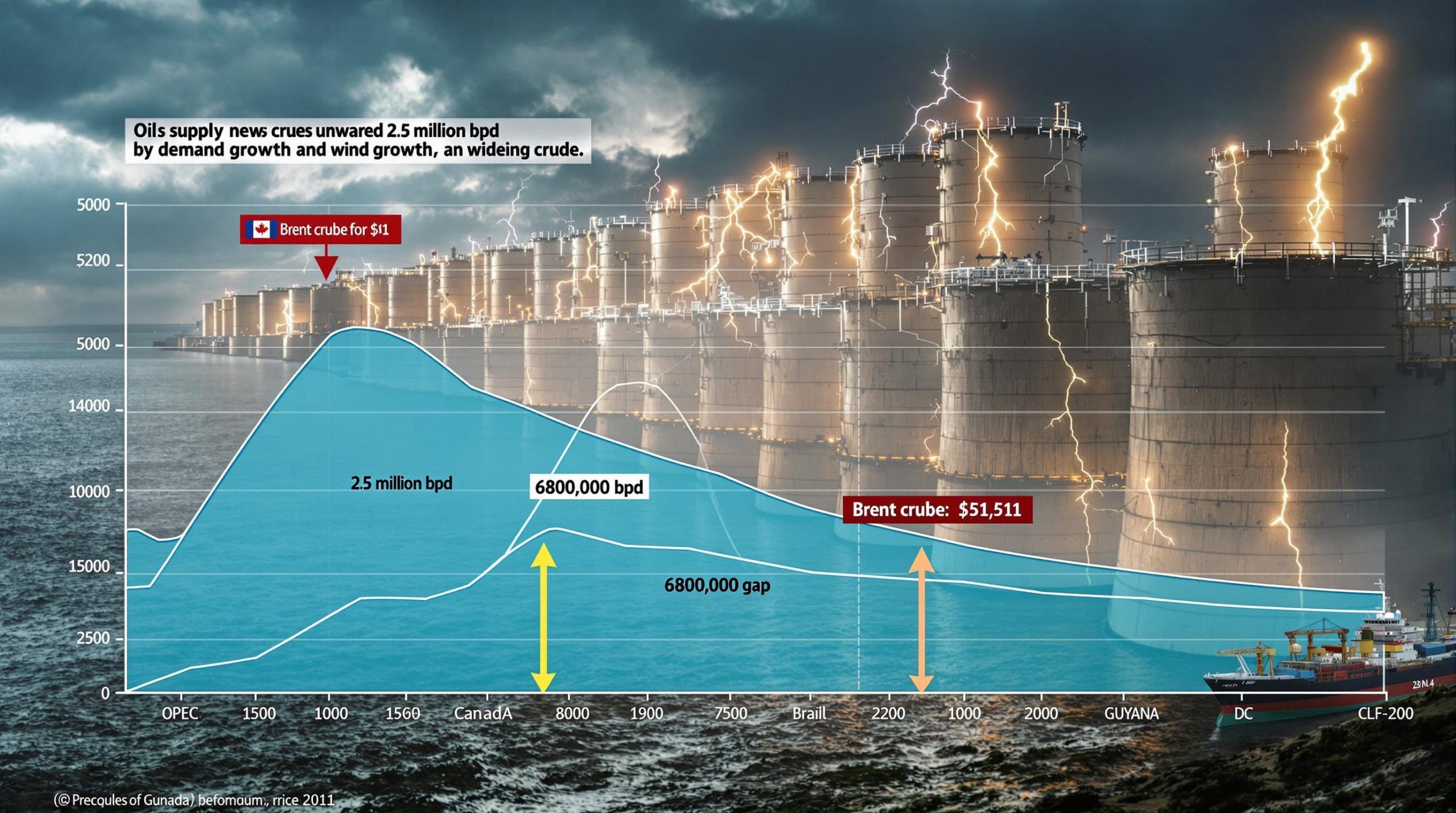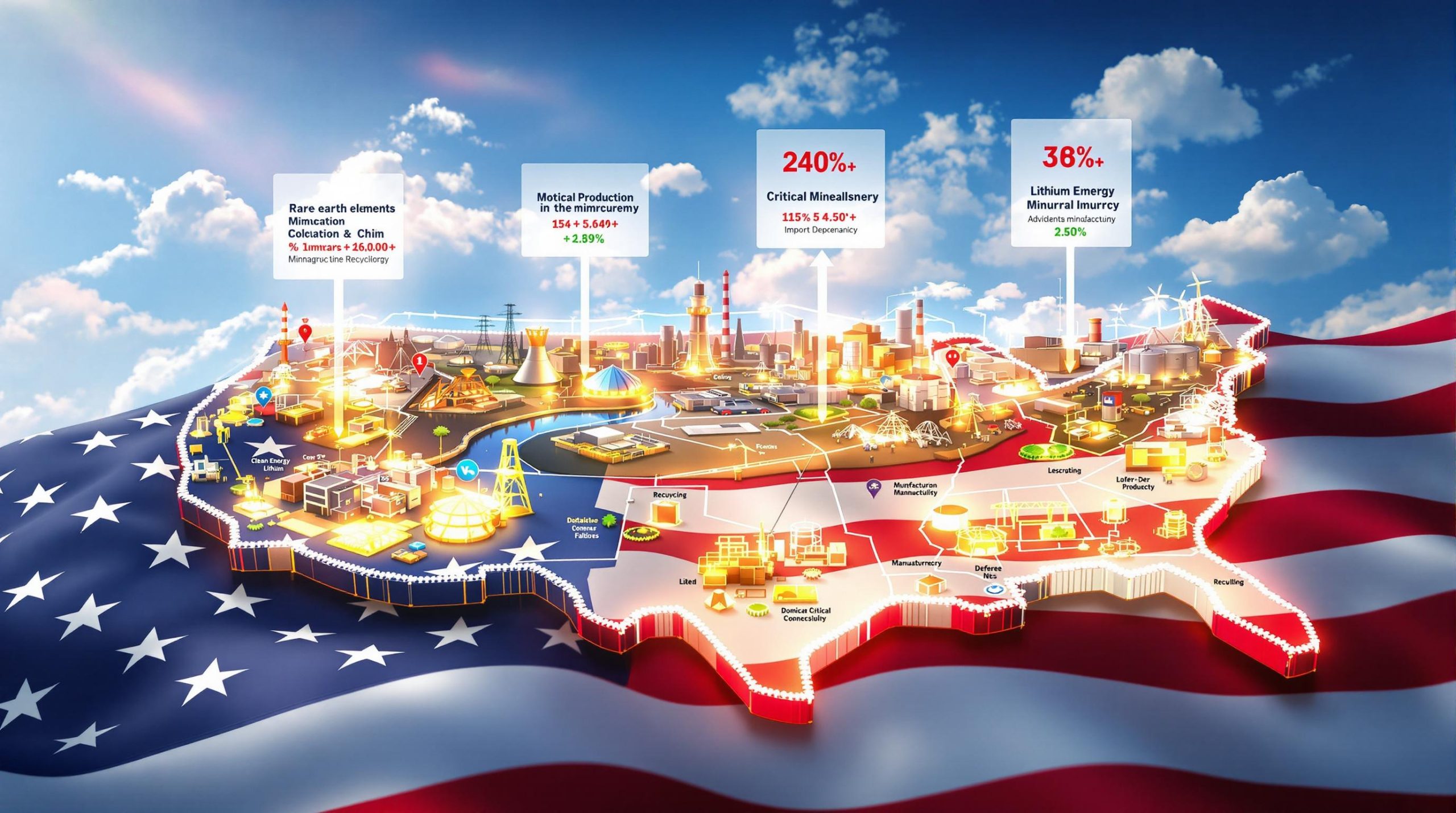What is Synthetic Graphite and Why is it Important for EVs?
Synthetic graphite serves as a cornerstone material in the rapidly evolving electric vehicle industry. This engineered carbon form plays a crucial role in lithium-ion batteries, serving primarily as anode material where it facilitates efficient electron flow during charge and discharge cycles. Unlike its natural counterpart, synthetic graphite offers manufacturers a higher degree of control over performance parameters critical for EV applications.
The material's importance stems from its exceptional electrochemical properties, including superior cycling stability and consistent performance across varying temperatures and operating conditions. These characteristics directly influence an electric vehicle's range, charging speed, and overall battery longevity—all paramount considerations for consumers transitioning to electric mobility.
The Critical Role of Synthetic Graphite in Lithium-Ion Batteries
Battery manufacturers prize synthetic graphite for its remarkable consistency and predictable performance characteristics. When implemented in EV battery anodes, the material enables reliable energy storage capacity while maintaining structural integrity through thousands of charging cycles.
This performance reliability translates to real-world benefits for EV owners, including:
- More predictable driving range estimates
- Improved fast-charging capabilities
- Enhanced battery longevity
- Better performance in extreme temperature conditions
- Reduced degradation over time
While synthetic graphite typically commands a premium price compared to natural alternatives, its performance advantages often justify the investment for high-performance EV applications where reliability and longevity are paramount.
Synthetic vs. Natural Graphite: Key Differences
The distinction between synthetic and natural graphite extends beyond their origin. While natural graphite forms through geological processes over millions of years, synthetic graphite emerges from carefully controlled industrial processes that transform carbon-rich precursors into highly ordered graphitic structures.
Production Process Comparison:
| Characteristic | Synthetic Graphite | Natural Graphite |
|---|---|---|
| Origin | Manufactured from carbon precursors | Mined from geological deposits |
| Purity | Typically 99.9%+ | Usually 94-98% after processing |
| Consistency | Highly controlled | Variable based on deposit |
| Energy Requirements | Energy-intensive production | Lower energy for extraction |
| Cost | Higher manufacturing cost | Lower production cost |
| Performance | Superior cycling performance | Variable performance |
| Environmental Impact | Higher carbon footprint in production | Mining-related environmental concerns |
The synthetic production process, while energy-intensive, delivers exceptional control over particle morphology, size distribution, and surface properties—all critical factors for battery performance. This explains why many premium EV manufacturers specify synthetic graphite in their battery formulations despite its higher cost.
NOVONIX's Tennessee Facility: Project Overview
The establishment of a major synthetic graphite production facility in Tennessee represents a significant milestone in the development of domestic battery supply chains for the North American electric vehicle market. This strategic investment aims to reduce dependency on international suppliers while creating substantial economic opportunities in the southeastern United States.
The facility's development comes at a pivotal moment as automakers accelerate their electrification plans, creating unprecedented demand for battery-grade materials produced to exacting specifications. By establishing domestic production capacity, NOVONIX is positioning itself to become an integral part of the North American EV ecosystem.
Strategic Location and Production Capacity
NOVONIX's synthetic graphite production facility is being constructed in Chattanooga, Tennessee—a location selected for its strategic advantages within the growing EV manufacturing corridor of the southeastern United States. This positioning places the facility within proximity to multiple automotive manufacturing plants and battery gigafactories, minimizing logistics costs and supply chain vulnerabilities.
The production capacity figures highlight the facility's significant scale:
- Initial production capacity: 31,500 tonnes per year
- Potential expansion capacity: 75,000 tonnes per year (dependent on market demand and additional funding)
- EV support capability: Sufficient material for approximately 350,000 electric vehicle batteries annually
This production volume represents a substantial contribution to domestic battery material supply, though still modest compared to the projected demand growth as electric vehicles transforming mining and transportation industries. The facility's design apparently incorporates expansion capabilities, allowing for scaled growth as market conditions warrant.
Economic Impact and Job Creation
Beyond its technical significance, the Tennessee facility promises substantial economic benefits for the Chattanooga region and surrounding communities. The project is expected to generate:
- 450 full-time operational positions once fully operational
- 500 temporary construction jobs during the development phase
- Additional indirect employment through supply chain and service provider relationships
These employment opportunities will span diverse skill levels and disciplines, including:
- Advanced manufacturing technicians
- Process engineers
- Quality control specialists
- Logistics and supply chain professionals
- Administrative and management positions
The facility's economic impact extends beyond direct employment, potentially catalyzing additional investment in the region's manufacturing ecosystem and contributing to the development of specialized workforce training programs aligned with battery material production.
How is the Project Being Financed?
The financial structure supporting the Tennessee synthetic graphite facility represents a significant public-private partnership aimed at strengthening domestic battery supply chains. The arrangement leverages federal loan programs specifically designed to accelerate clean energy manufacturing capacity within the United States.
The complex financing package balances the need for substantial capital investment with milestone-based development that aligns funding disbursements with production capacity expansion. This phased approach enables more effective risk management while providing flexibility to adapt to evolving market conditions.
Department of Energy Loan Structure
In December 2024, NOVONIX secured a conditional commitment from the U.S. Department of Energy's Loan Programs Office for a direct loan of up to $754.8 million. This substantial financial support demonstrates federal recognition of synthetic graphite's strategic importance to domestic energy security and transportation electrification goals.
The loan structure incorporates two distinct tranches with differentiated terms:
-
First Tranche: Dedicated to site development, infrastructure establishment, and initial production capacity of 21,000 tonnes per year
- 15-year repayment term from first payment date
- Covers fundamental facility requirements and approximately two-thirds of initial production capacity
-
Second Tranche: Supports expansion to full initial production capacity
- 10-year repayment term from first payment date
- Finances additional 10,500 tonnes of annual production capacity
- Completes the initial facility design capacity of 31,500 tonnes per year
This bifurcated approach allows for more precise alignment between capital deployment, construction milestones, and production capacity activation—potentially reducing financial risk during the critical facility commissioning phase.
Loan Terms and Financial Structure
While specific interest rates and covenant details remain undisclosed, the DOE loan program typically offers favorable terms compared to commercial financing alternatives, particularly for projects aligned with national energy security and climate objectives. The program's focus on manufacturing capacity for clean energy technologies positions the synthetic graphite facility as an ideal candidate for federal support.
The structured repayment terms—15 years for the first tranche and 10 years for the second—provide NOVONIX with a runway to establish operations, optimize production efficiency, and develop customer relationships before facing peak repayment obligations. This graduated approach reflects the reality that new manufacturing facilities typically require time to reach optimal operational efficiency and market penetration.
Financial Risk Considerations: Any major manufacturing facility involves substantial financial risks, including potential cost overruns during construction, technology implementation challenges, and market demand uncertainties. The structured loan approach may help mitigate some of these risks by establishing clear milestones tied to funding tranches.
The facility's potential expansion to 75,000 tonnes per year would likely require additional financing beyond the current DOE commitment, suggesting that performance during the initial production phase will significantly influence future capital availability and expansion timelines.
What is the Project Timeline?
The development of a synthetic graphite production facility represents a multi-year undertaking, encompassing site preparation, construction, equipment installation, commissioning, and production ramp-up phases. While detailed milestone dates remain undisclosed, the project appears to follow a staged implementation approach with full production targeted by the end of this decade.
This extended timeline reflects the complex nature of establishing specialized chemical processing operations, particularly for advanced materials requiring precise manufacturing controls and extensive quality validation. The phased approach allows for sequential capacity expansion while integrating operational learnings into subsequent development stages.
Development and Construction Schedule
The Tennessee facility's construction timeline extends over multiple years, with full production capacity of 31,500 tonnes per year targeted for the end of 2028. This extended schedule suggests a deliberate, phased approach to facility development that may include:
- Site preparation and infrastructure development
- Building construction and utility installations
- Equipment procurement and installation phases
- Commissioning and qualification testing
- Production ramp-up in stages
This measured approach reflects the technical complexity of synthetic graphite production, which requires specialized equipment, precise process controls, and extensive quality verification before achieving commercial-scale production. The specialized nature of the facility's high-temperature processing equipment likely contributes to the extended implementation timeline.
Potential Expansion Phases
Beyond the initial 31,500 tonnes per year capacity, NOVONIX has indicated potential for expanding the facility to 75,000 tonnes annually. This more than doubling of capacity would require:
- Demonstration of consistent quality and operational performance at initial scale
- Confirmation of sustained market demand for domestically produced synthetic graphite
- Securing additional financing beyond the current DOE loan commitment
- Possible modifications to existing permits or securing additional authorizations
The expansion timeline would likely extend beyond the 2028 target for initial capacity, potentially positioning the facility for significant growth in the early 2030s as EV adoption accelerates across North American markets.
Why is Domestic Synthetic Graphite Production Important?
The establishment of synthetic graphite production capacity within the United States addresses critical vulnerabilities in battery supply chains while creating opportunities for enhanced environmental performance and regional economic development. This strategic investment aligns with broader policy objectives to strengthen domestic manufacturing capabilities for clean energy technologies.
The significance extends beyond immediate economic benefits, potentially influencing geopolitical relationships, international trade dynamics, and the pace of transportation electrification within North America. By reducing dependency on imported battery materials, domestic production enhances resilience against supply disruptions while potentially accelerating EV adoption.
Reducing Dependency on Foreign Supply Chains
The United States currently faces significant dependency on imported graphite for battery applications, with minimal domestic production of battery-grade synthetic graphite. This reliance creates vulnerability to:
- Supply disruptions due to geopolitical tensions
- Price volatility in international markets
- Quality inconsistencies in imported materials
- Limited leverage in negotiating favorable trade terms
- Potential exposure to materials produced under less stringent environmental and labor standards
The Tennessee facility represents a meaningful step toward reducing these vulnerabilities by establishing significant domestic production capacity for a critical battery material. While the initial 31,500 tonnes capacity addresses only a portion of projected North American demand, it establishes important technical capabilities and manufacturing expertise within the domestic supply chain.
Environmental and Sustainability Considerations
Domestic production of synthetic graphite offers potential environmental advantages compared to imported alternatives:
- Reduced Transportation Emissions: Eliminating intercontinental shipping significantly reduces the carbon footprint associated with material transport
- Enhanced Environmental Oversight: U.S. environmental regulations typically impose stricter controls on emissions, water usage, and waste management compared to some international production regions
- Renewable Energy Integration: Domestic facilities can potentially incorporate renewable energy sources to reduce the carbon intensity of production processes
- Circular Economy Opportunities: Proximity to battery manufacturing and recycling operations creates potential for integrated material recovery and reuse systems
These environmental benefits support broader sustainability objectives within the EV ecosystem, potentially enhancing the lifecycle environmental performance of electric vehicles manufactured with domestically sourced materials.
Carbon Footprint Considerations: While domestic production offers environmental advantages, synthetic graphite manufacturing remains energy-intensive regardless of location. The industry faces ongoing challenges to reduce the carbon footprint of high-temperature graphitization processes through technology innovation and renewable energy integration.
How Does This Facility Compare to Global Competitors?
The Tennessee synthetic graphite facility enters a competitive landscape dominated by established international producers with significant scale advantages and technical expertise. Understanding this competitive context helps contextualize the strategic significance of domestic production capacity while highlighting the challenges faced by new market entrants.
The facility's competitive positioning will likely emphasize quality differentiation, supply chain security benefits, and integration advantages with North American battery and EV manufacturing ecosystems. These value propositions may enable effective market penetration despite scale disadvantages compared to some international competitors.
Production Scale in Global Context
At 31,500 tonnes per year initially (with potential expansion to 75,000 tonnes), the Tennessee facility represents:
- A significant addition to North American synthetic graphite capacity
- A modest production volume compared to major Chinese producers
- Approximately enough material for 350,000 EV batteries annually
- A meaningful but limited contribution to projected North American demand
The global synthetic graphite market includes producers operating at significantly larger scales, particularly in China where some facilities exceed 100,000 tonnes of annual capacity. This scale differential creates potential cost advantages for established international producers, particularly those operating in regions with lower energy and labor costs.
The facility's potential expansion to 75,000 tonnes would enhance its competitive position, though still remaining below the scale of leading global producers. This underscores the importance of differentiation strategies focused on quality, consistency, and supply chain integration rather than competing primarily on production cost.
Quality Differentiation and Market Positioning
NOVONIX appears to be targeting the high-performance segment of the synthetic graphite market, focusing specifically on materials engineered for EV battery applications. This specialization strategy offers several potential advantages:
- Premium Positioning: Battery-specific synthetic graphite typically commands higher prices than general-purpose grades
- Technical Differentiation: Focus on electrochemical performance metrics rather than competing primarily on production cost
- Customer Integration: Opportunities for collaborative development with North American battery manufacturers and automakers
- Qualification Advantages: Potential for faster qualification cycles through proximity to customers and responsive technical support
This specialized approach may enable effective competition despite scale disadvantages compared to some international producers. The strategy appears aligned with broader industry trends toward performance-optimized battery materials rather than standardized commodities.
What Technologies Will Be Implemented?
The production of battery-grade synthetic graphite involves sophisticated manufacturing technologies operating under precisely controlled conditions. While specific equipment details for the Tennessee facility remain undisclosed, modern synthetic graphite production typically incorporates advanced thermal processing systems, specialized material handling equipment, and comprehensive quality monitoring technologies.
These technical capabilities represent a significant investment in specialized manufacturing expertise that extends beyond traditional chemical processing. The facility's technology implementation will likely incorporate both proven production methods and innovations aimed at enhancing efficiency, quality, and environmental performance.
Advanced Manufacturing Processes
Modern synthetic graphite production for battery applications typically involves multiple processing stages, each requiring specialized equipment and precise controls:
- Precursor Preparation: Processing and blending carbon-rich raw materials (typically petroleum coke or other hydrocarbon sources)
- Calcination: Thermal treatment at moderate temperatures (1,000-1,500°C) to remove volatile components
- Mixing and Forming: Blending with binders and shaping into desired forms
- Graphitization: High-temperature treatment (typically 2,500-3,000°C) to develop crystalline graphite structure
- Post-Processing: Milling, classification, and surface treatments to achieve desired particle characteristics
- Purification: Additional thermal or chemical treatments to achieve battery-grade purity levels
Each of these process stages requires specialized equipment operating under carefully controlled conditions. The graphitization phase is particularly energy-intensive and technically demanding, requiring specialized furnace systems capable of maintaining extremely high temperatures while controlling atmosphere and temperature gradients.
Quality Control and Testing Systems
Battery-grade synthetic graphite production demands comprehensive quality monitoring throughout the manufacturing process. The Tennessee facility will likely incorporate advanced analytical capabilities including:
- Particle Characterization Systems: Laser diffraction, image analysis, and surface area measurement technologies to verify physical properties
- Structural Analysis Equipment: X-ray diffraction and Raman spectroscopy to assess crystallinity and structural ordering
- Chemical Analysis Tools: ICP-MS, XRF, and other techniques to verify purity and detect potential contaminants
- Electrochemical Testing: Cell fabrication and cycling equipment to validate performance in battery applications
These quality systems ensure consistent material properties that meet the exacting specifications of battery manufacturers. The ability to provide comprehensive material characterization data represents a significant competitive advantage in the high-performance battery materials market.
What Are the Potential Challenges and Risks?
Despite its strategic importance, the Tennessee synthetic graphite facility faces significant operational, financial, and market challenges. Understanding these risks provides context for evaluating the project's prospects while highlighting factors that may influence its ultimate success.
The facility's development occurs against a backdrop of rapidly evolving battery technologies, shifting regulatory landscapes, and intense international competition. These dynamic conditions create both opportunities and vulnerabilities that will shape the facility's long-term viability.
Energy Requirements and Cost Considerations
Synthetic graphite production is inherently energy-intensive, with the high-temperature graphitization process representing a particularly significant energy demand. This creates several challenges:
- Energy Costs: Electricity typically represents a major production cost component, making the facility's economics sensitive to energy pricing
- Grid Capacity: The substantial power requirements may necessitate grid infrastructure upgrades or dedicated supply arrangements
- Carbon Intensity: The environmental profile depends significantly on the carbon intensity of the electricity supply
- Operational Reliability: Consistent power supply is critical, as interruptions during high-temperature processing can damage equipment and materials
Tennessee's industrial electricity rates will significantly influence the facility's production economics, potentially affecting its competitive position relative to facilities in regions with lower energy costs. Strategic energy procurement and efficiency technologies will likely be critical for managing this fundamental cost driver.
Energy Strategy Considerations: Potential approaches for managing energy challenges include long-term electricity supply contracts, on-site generation capabilities, demand response participation, and integration of renewable energy where economically viable.
Market Competition and Price Volatility
The synthetic graphite market presents complex competitive dynamics that create both opportunities and risks:
- Price Fluctuations: Graphite markets have experienced significant volatility, challenging long-term financial planning
Ready to Gain an Edge in ASX Mining Investments?
Discover actionable trading opportunities with Discovery Alert's proprietary Discovery IQ model, which instantly identifies significant mineral discoveries on the ASX and transforms complex data into clear investment insights. Visit our discoveries page to explore how historic mining discoveries have generated substantial returns, and begin your 30-day free trial today.




